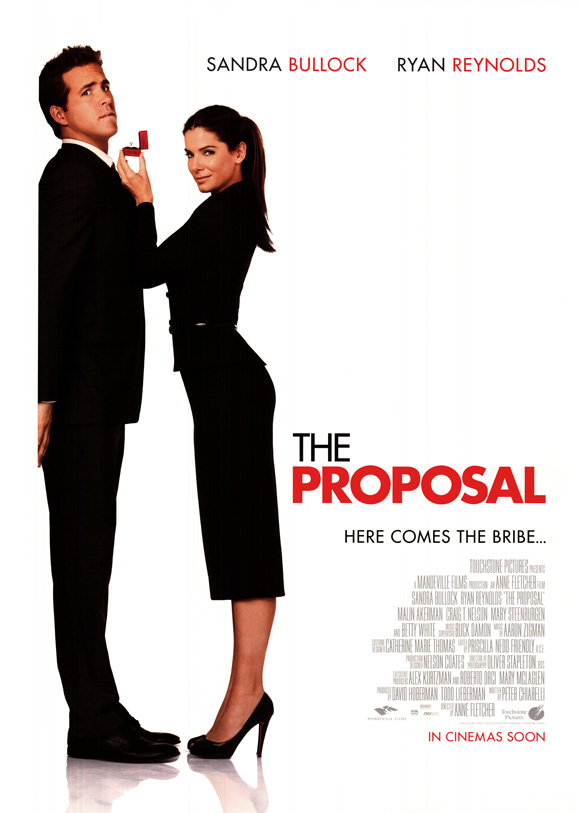____________________________________________
The Guttmacher Institute recently released a report raising alarm over a one-year increase in teen pregnancy. “Safe sex” experts quickly pinned the blame on abstinence education.
This is a bit hypocritical. In the decade after the federal government began its meager funding of abstinence education, teen pregnancy fell steadily. Safe-sex experts never linked that decline to abstinence education. But when the news went bad, they swiftly identified abstinence programs as the culprit.
But did teen pregnancy actually rise in 2006, as Guttmacher claims? It depends on what you mean by “teen.” For most people, “teen pregnancy” implies pregnancy among high-schoolers, girls under age 18. According to Guttmacher’s own data, the pregnancy rate for 15- to 17-year-old girls barely changed, and the rate for girls 14 and under (the group most affected by abstinence programs) actually dropped.
By contrast, the pregnancy and birth rates for young adult women aged 18 and 19 rose sharply.
The rise in pregnancies and births in this age range is part of a much larger story: the collapse of marriage and explosive growth of out-of-wedlock births in lower income communities.
Between 1997 and 2007, the percentage of births outside of marriage rose from 32.4 percent to 39.7 percent of all births in the U.S. Very few of these non-marital births occurred to minor girls; most were to less-educated young adult women aged 18 to 26. Since non-married moms are less likely to postpone childbearing than those who patiently wait for marriage, it should be no surprise that the ongoing collapse of marriage in low-income communities would lead to a bump in the birth rate among 18- and 19-year-olds.
In the grand scheme of things, the issue of “teen” pregnancy is dwarfed by its much larger cousin, the disintegration of marriage. Marital collapse is a catastrophe for taxpayers and society; the welfare costs alone exceed $250 billion per year. As noted, little of this problem results from teenagers getting pregnant in high school. Of the 1.7 million children born out of wedlock in 2007 only 136,000 (or 7 percent) had mothers under age 18.
“Teen pregnancy” is largely a red herring, hyped by the Left because it supports their agenda of condom promotion and permissive sex ed in the schools. Of course, condom proselytizing is a bogus answer to real social problems. Contrary to conventional wisdom, lack of access to birth control is not a significant factor contributing to non-marital pregnancy among teens or non-teens.
Harvard sociologist Kathryn Edin recently conducted a survey of lower income men and women who had experienced (or, in the case of men, caused) one or more non-marital pregnancies. The survey asked whether the individuals had, ever in their lives, been in a situation where they wanted to use birth control, but could not afford it or could not obtain it. All answered no.
Many laughed at the suggestion that their pregnancies had been caused by a lack of access to contraceptives, noting that contraceptives are abundant and aggressively promoted by schools and clinics in their communities. Of all the non-marital pregnancies reported in the study, not one was caused by lack of availability of contraceptives.
The explosive rise in out-of-wedlock births is due not to a lack of contraceptives, but to a crisis in the relationships of young adult men and women in lower income communities. Couples no longer see the need to be married before having children, and they lack the skills to form stable relationships. Ironically, young non-married parents yearn for eventual stable marriages and healthy families, but they utterly lack the skills and understanding to fulfill their aspirations.
Another irony: One of the greatest sins of abstinence-education programs (in the Left’s view) has been their effort to teach low-income youth that it is best to marry before having children. This affront to political correctness has outraged the Left and has been a principal motivator behind the drive to remove abstinence education from the classroom.
Next year we can expect the out-of-wedlock childbearing rate to top 40 percent. A chilling number, but one which won’t affect the Left’s campaign to promote bogus issues and bogus solutions.
— Robert Rector is a senior research fellow at the Heritage Foundation.




